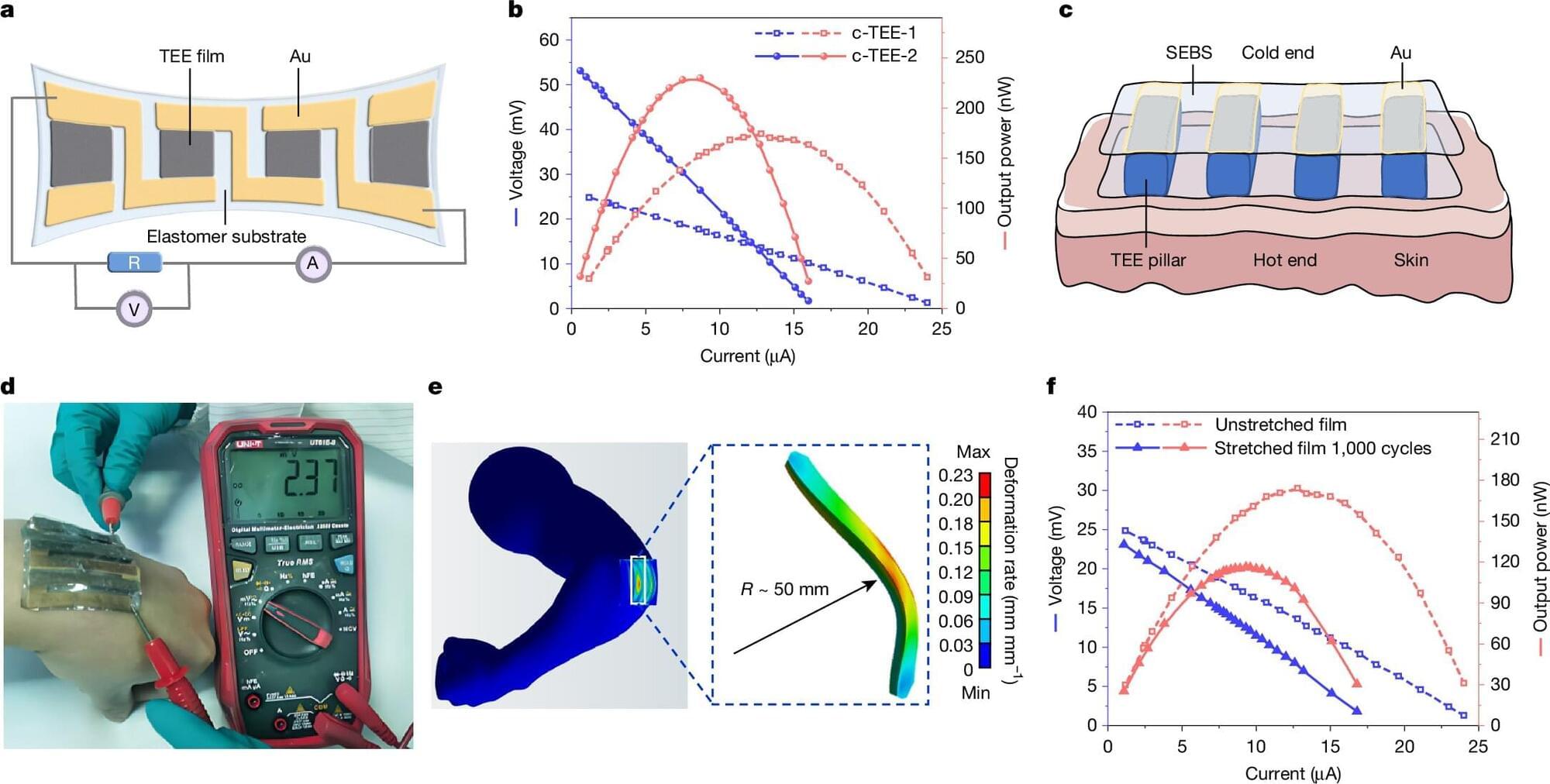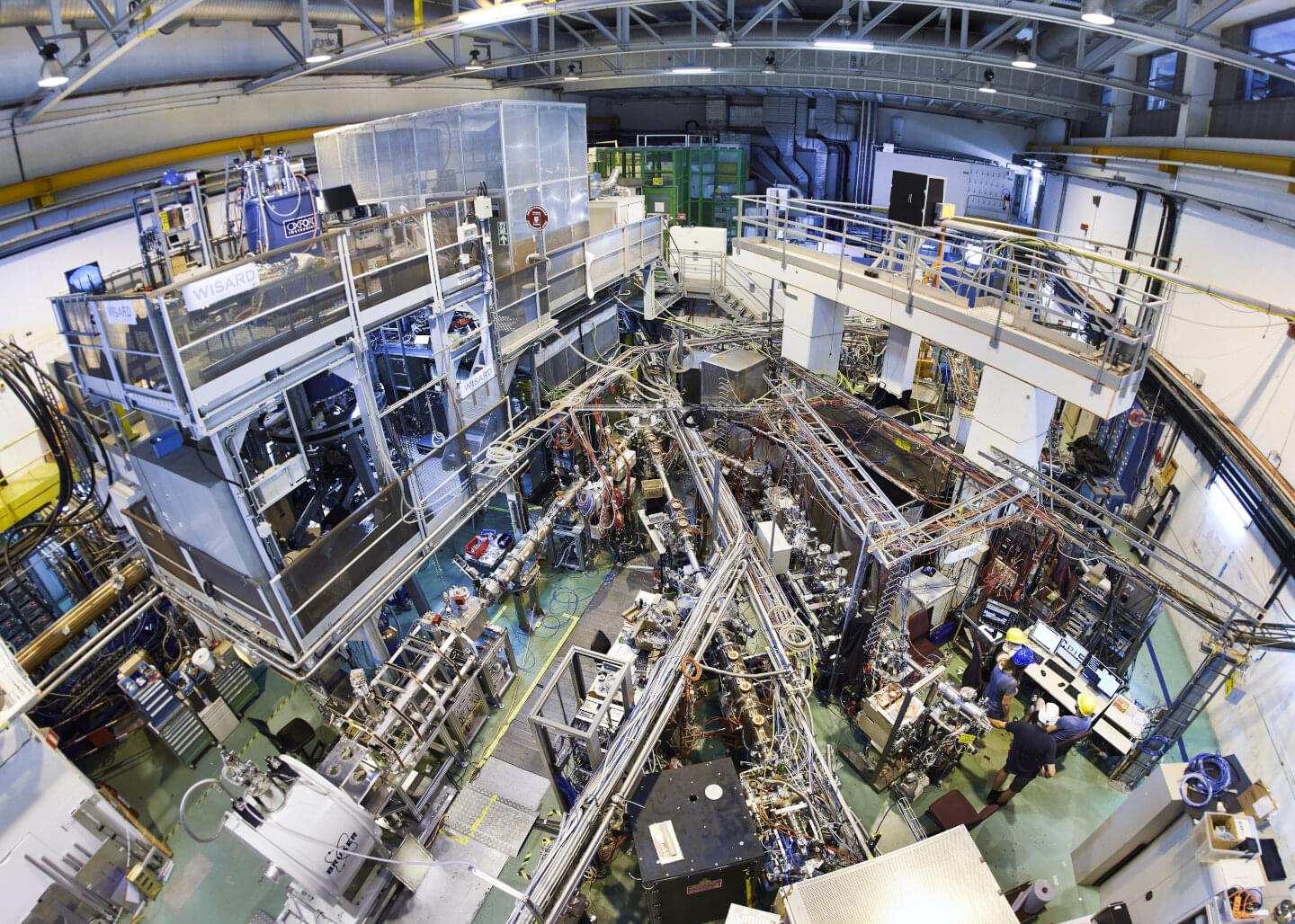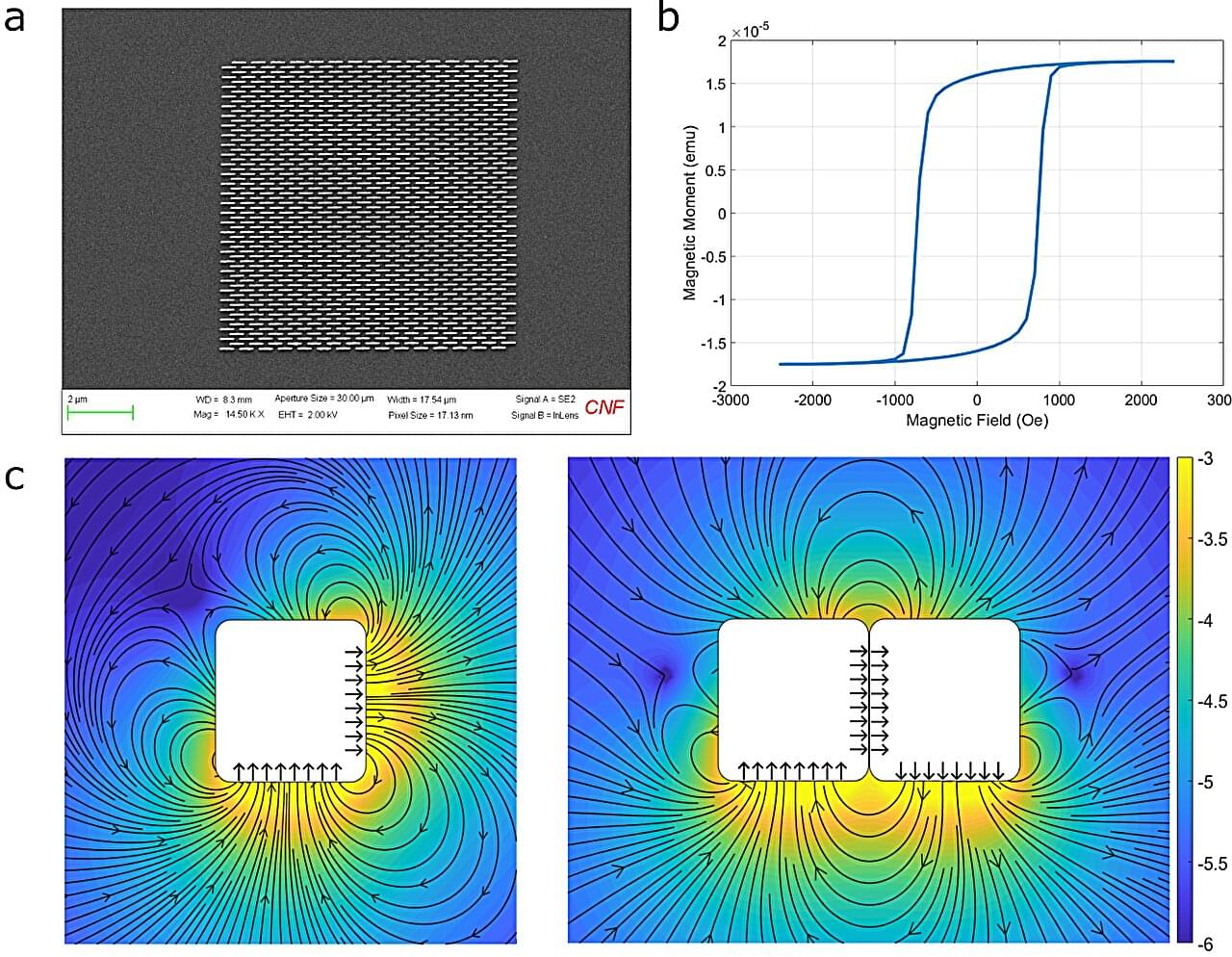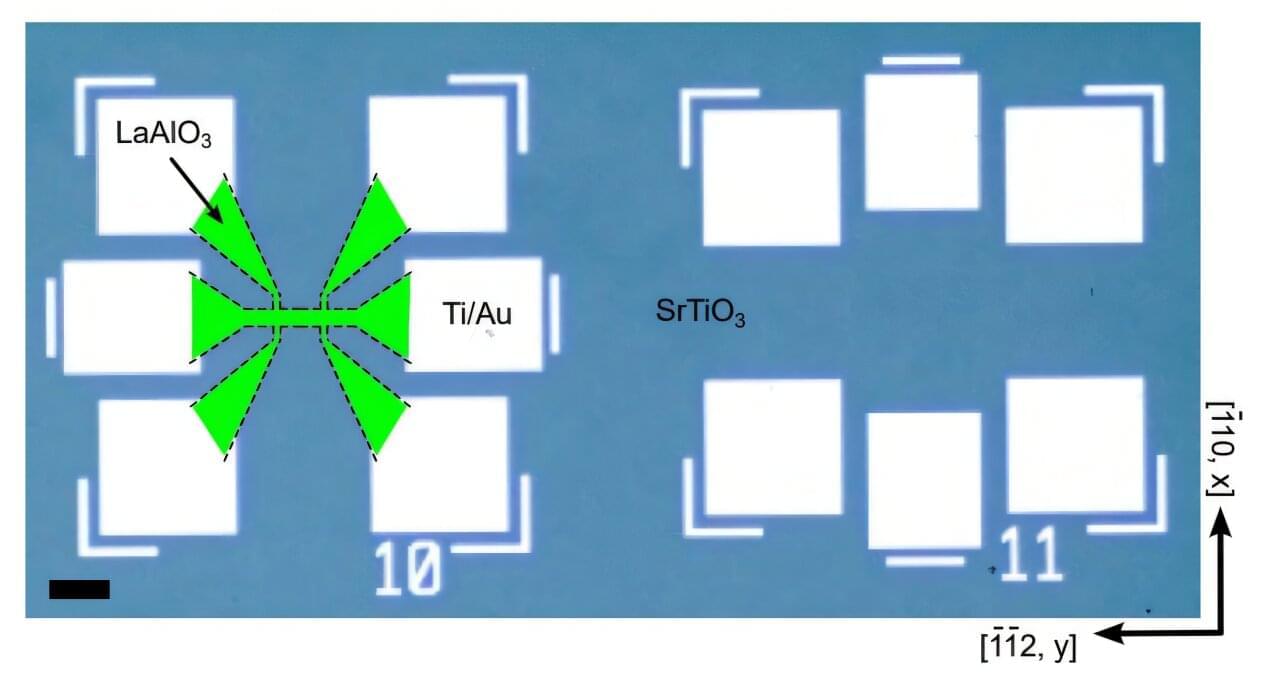A multinational collaboration of researchers report that psychiatric spousal resemblance across nine psychiatric disorders appears consistent and persists across birth cohorts for roughly 90 years in a sample of over 14 million.
Previous small-scale marriage registry studies have reported spousal similarities for several disorders and related psychiatric traits. A larger, population-based comparison across cultures and generations was needed to assess how widespread the phenomenon extends.
In the study, “Spousal correlations for nine psychiatric disorders are consistent across cultures and persistent over generations,” published in Nature Human Behaviour, researchers performed a large-scale analysis to quantify spousal correlations across nine psychiatric disorders and to test cultural and generational stability.









